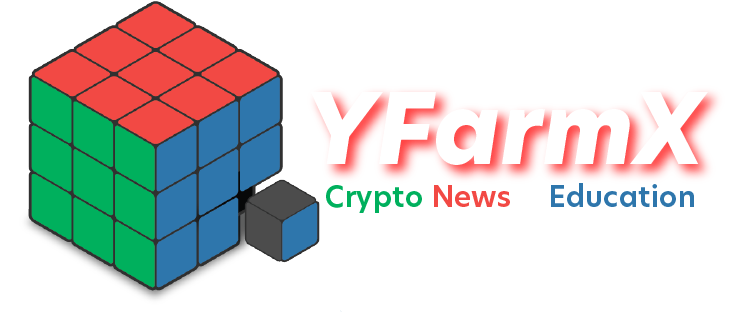PayPal has made its boldest move yet in crypto, this time in close partnership with Coinbase. Announced 24 April 2025, the two fintech titans are going all-in to make PayPal USD (PYUSD) the stablecoin you actually use, not just park. For the 430 million PayPal wallets and the millions of traders who call Coinbase home, that means instant, fee-free 1:1 swaps between PYUSD and U.S. dollars plus friction-free trading from day one. Translation: no more mental math, no hidden spreads, just dollars that move.
Why this partnership hits different
Both firms have danced together before, PayPal’s checkout pipes already let users buy crypto on Coinbase with a couple of taps. But this time the mission is bigger: weld traditional checkout sleekness to blockchain’s always-on rails. PYUSD, minted by Paxos and fully backed by dollars and short-term Treasuries, cleared the billion-dollar market-cap mark last August. That’s pocket change next to Tether’s fat $118 billion or Circle’s $35 billion USDC, but Rome wasn’t built on one block. By letting Coinbase list, convert, and redeem PYUSD for free, PayPal is essentially buying shelf space on crypto’s busiest Main Street.
What changes for everyday users
- Zero-fee on-ramps & off-ramps: Swap greenbacks for PYUSD (and back) on Coinbase without the usual clip.
- Spend-ready balances: Because PYUSD sits inside PayPal, those tokens can shoot straight into checkout flows, no copy-paste of wallet addresses.
- On-chain optionality: Holders can push PYUSD into DeFi pools, yield vaults, or cross-border transfers in seconds, then yank it back into PayPal when rent’s due.
For Coinbase, adding a second big-brand stablecoin diversifies risk and court-side seats them at PayPal’s gargantuan point-of-sale network. For PayPal, piggybacking on Coinbase’s crypto-native liquidity makes PYUSD feel alive rather than fenced inside a Web2 garden.
The macro backdrop
Stablecoins aren’t just crypto’s training wheels anymore; they’re morphing into digital cash with institutional swagger. Market cap across all stables just punched through $238 billion, and Washington finally smells the coffee. Draft bills, from the GENIUS Act to the STABLE Act, want dual state-federal oversight, bankruptcy-proof reserves, and clear guardrails against wash-trading and sanctions hopscotch. PayPal and Coinbase both operate under U.S. regulators’ microscope, so this partnership doubles as a pre-emptive compliance parade. If Congress crowns a regulatory gold standard tomorrow, these two want their logos already on the trophy.
Competitive chessboard
Circle’s USDC enjoys home-court advantage on Coinbase, sweetened by a 5.2 % yield. Meanwhile Tether still wears the liquidity crown across offshore exchanges. PayPal’s edge? Distribution. It can drop PYUSD into every checkout button, Venmo kitty, and merchant QR code it controls. And after rolling the token onto Solana in 2024, slashing fees to pocket-lint levels, PayPal showed it isn’t married to Ethereum gas prices. Coinbase’s L2, Base, could be next in line.
Where this could go
Picture this: a gamer reloads with PYUSD inside an NFT marketplace; a freelancer in Manila grabs dollars that clear in 30 seconds, not three days; a U.S. retailer settles weekend sales before Monday’s coffee brews. Add AI-powered fraud-detection and the rails start to look like Web2 ease wrapped in Web3 magic.
The takeaway
PYUSD still has a mountain to climb against USDT and USDC, but PayPal and Coinbase just built a gondola. Fee-free ramps entice the early adopters, while PayPal’s merchant empire tees up real-world spend. If regulators play ball and users taste the convenience, the humble stablecoin might finally graduate. Keep eyes onchain; the future of checkout may have just minted another ticker.



